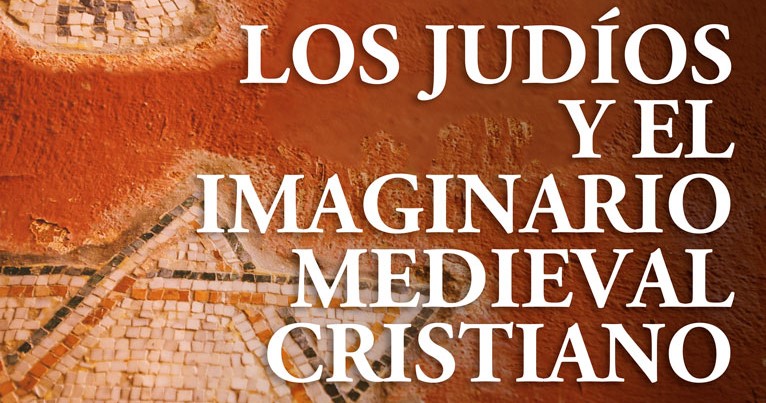
The project organizes the First International Congress of Jews and the medieval Christian imaginary, coordinated by Sonia Caballero Escamilla and Miguel Ángel Espinosa Villegas...
As a part of our previous research project (De puertas para adentro: vida y distribución de espacios en la arquitectura doméstica, siglos XV-XVI) [Behind closed doors: life and distribution of spaces in domestic architecture, fifteenth and sixteenth centuries], , we started to compile this bibliographical corpus which is currently being updated and improved. Our goal is to provide those researching on the house with a useful tool for their scientific endeavours. In this particular case, we mainly focus on household goods and the History of Emotions.
As mentioned earlier, we will be focusing our attention on studies of the Spanish house in the 15th and 16th centuries. This is a complex historical period when the Middle Ages and the Islamic presence in the Iberian Peninsula were coming to an end, giving way to the Modern Age with a Christianized Spain with huge interests and presence in the New World and other geographically closer regions such as Italy. For all of these reasons it is sometimes difficult to distinguish between apparently clearly defined, distinguishable concepts, which become blurred when applied in the analysis of houses. This is what happens when talking about Christian, Mudejar and Morisco styles or features, all of which can continue and coexist within a single house.
In order to try to clarify this issue in our research, we have broken it down into ten large thematic blocks. This structure is intended to be flexible and rather than establishing strict boundaries the different sections aim to guide users, with the result that for example the same publication can appear in various different sections or can go beyond the proposed chronological limits for this project if its contents so require.
In conclusion it is important to make clear that as a general rule with very few exceptions, this corpus does not include publications on royal dwellings (royal palaces and mansions), as these have been widely covered in other research studies and because they are outside the scope of this project. We are well aware that the text we are presenting is far from finished or complete and instead should be considered a living document. It should therefore be subject to continuous review and open to the inclusion of new publications. We hope that it achieves its intended objectives and provides a useful tool for research into Spanish houses.

Esta obra está bajo una licencia Reconocimiento-NoComercial-SinObraDerivada
3.0 Creative Commons
Director: María Elena Díez Jorge
Revision: Equipo proyecto VESCASEM
Technical compilation: Mª Encarnación Hernández López